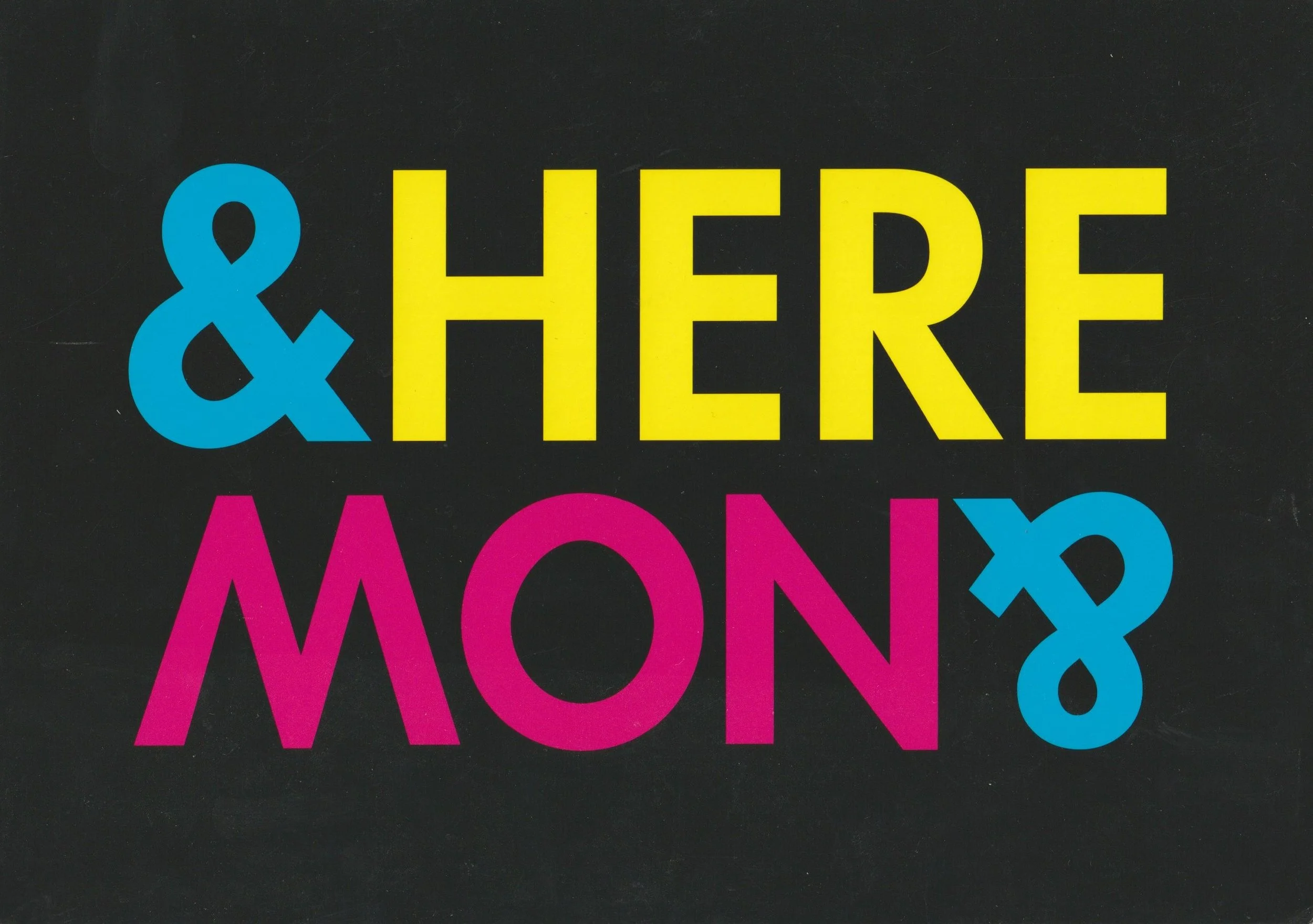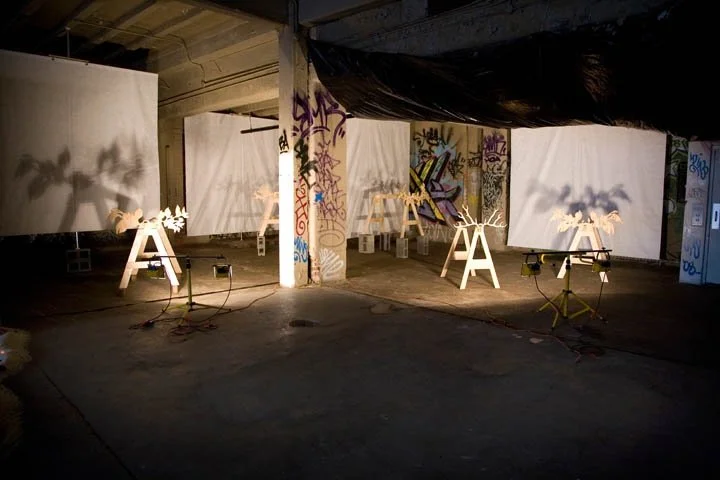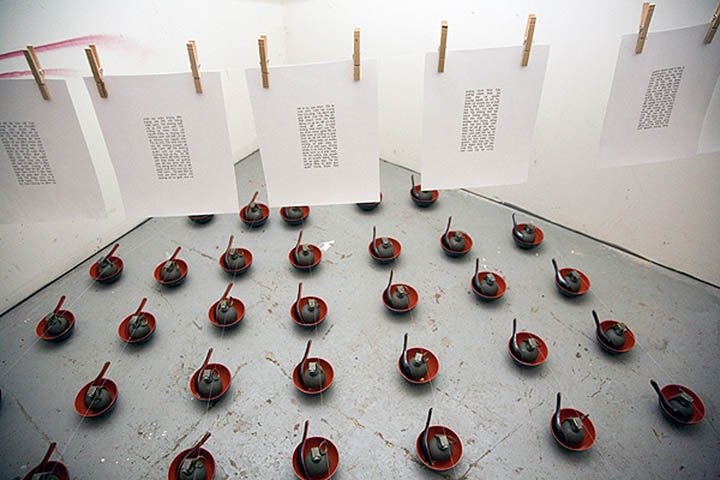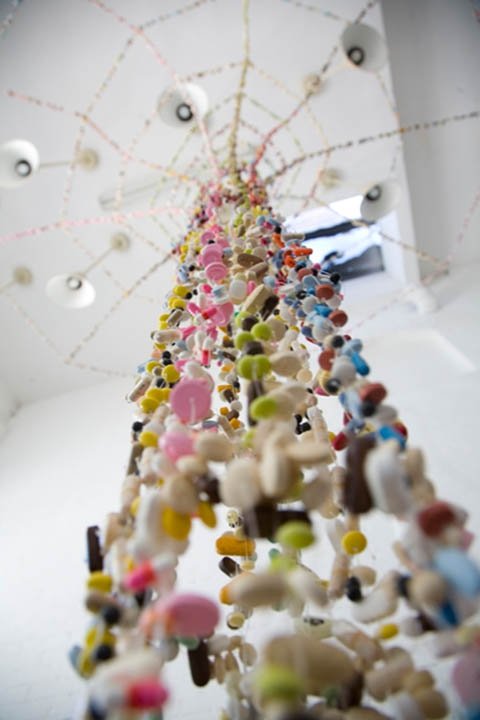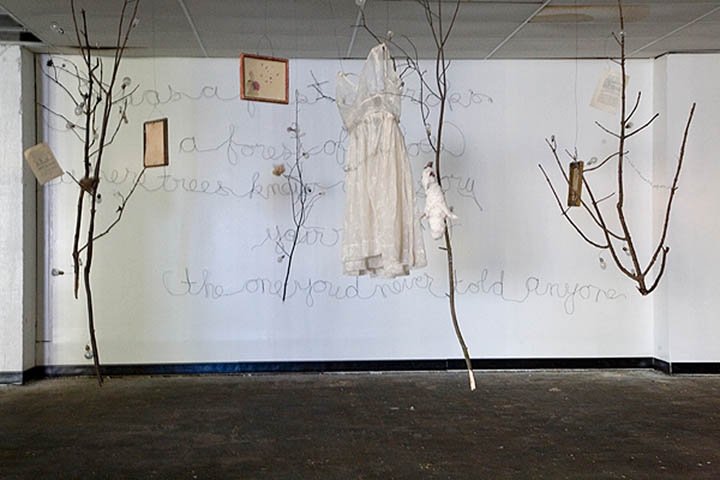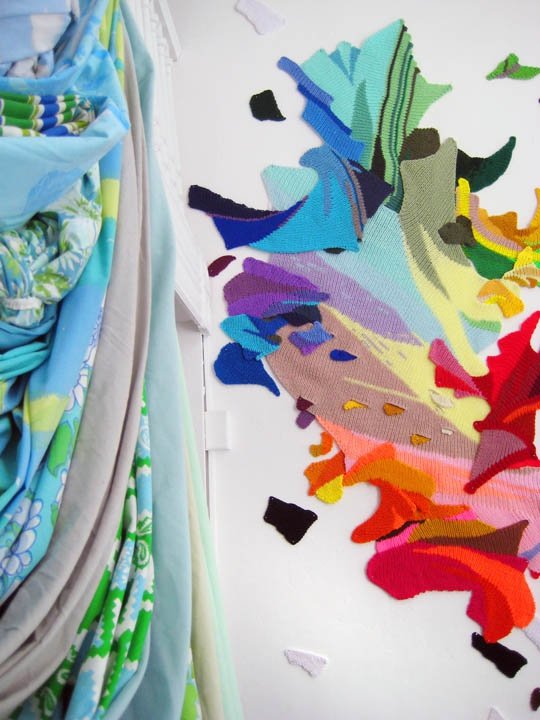Here & Now
MAY 10 – JUNE 14, 2008
Two site exhibition presented at Transformer & 1840 14th St NW
Focusing on issues of place, time, fragility, security and fantasy, this two-site exhibition features 17 artists creating large scale, site-specific installations and environments within Transformer's project space, and in three floors of the former Church of the Rapture building space up the street from Transformer at 1840 14th Street, NW.
Artists Participating in Here & Now included:
May 10 - 24
At Transformer (1404 P Street, NW): Jennifer Burkley Vasher (Placitas, NM).
At 1840 14th Street, NW (entrance on T Street, NW): Kyan Bishop & Kate Hardy (Washington, DC), Sonya Blesofsky (Brooklyn, NY), Mandy Burrow (Arlington, VA), Graham Childs & Lily deSaussure (Washington,DC), Derek Cote (Richmond, VA), Mia Feuer (Richmond, VA), Lisa Kellner (Hanover, VA), Jong Sun (Jay) Lee (Baltimore, MD), Chris Moukarbel (New York, NY), Amy Rubin (British Columbia, Canada), Paul Shoemaker (Richmond, VA) and Jiny Ung (Washington, DC).
May 31 - June 14
At Transformer (1404 P Street, NW): Mariah Johnson (Los Angeles, CA) and Valerie Molnar (Richmond, VA) .
Interested in storytelling, narrative, and memory, Mariah Johnson (Los Angeles, CA) constructs sculptural arrangements from bed linens, particularly sheets and pillowcases that she purchases from second-hand stores. Folded and piled on simple shelves or chairs, as well as on and around the significant or quirky architectural features of an exhibition space, these folding and stacking activities are akin to creating paintings with brush and canvas. The interactions among color combinations, printed patterns, and folding systems become visually engrossing and reference abstract or minimalist paintings.
Valerie Molnar (Richmond, VA) knits paintings. Incorporating a meticulous, repetitive, and unassuming process, Valerie’s handcrafted work communicates emotions that machine-made items can never produce. Her knitted wall paintings are presented in non-utilitarian form, with art historical references and eye-candy color schemes that suggest, “Look and analyze, but do not touch.” When viewed at a distance, the texture disappears and the object-ness of the knitting creates an image. The friendliness and familiarity of the ‘hand knitted object’ shifts to suggest painting on the wall; the two coexist in flux, not as versus but as marriage. The images created are intentionally knitted to be large and loud with pleasing color combinations that are easy to swallow, baiting the viewer with a visceral, visual experience.

